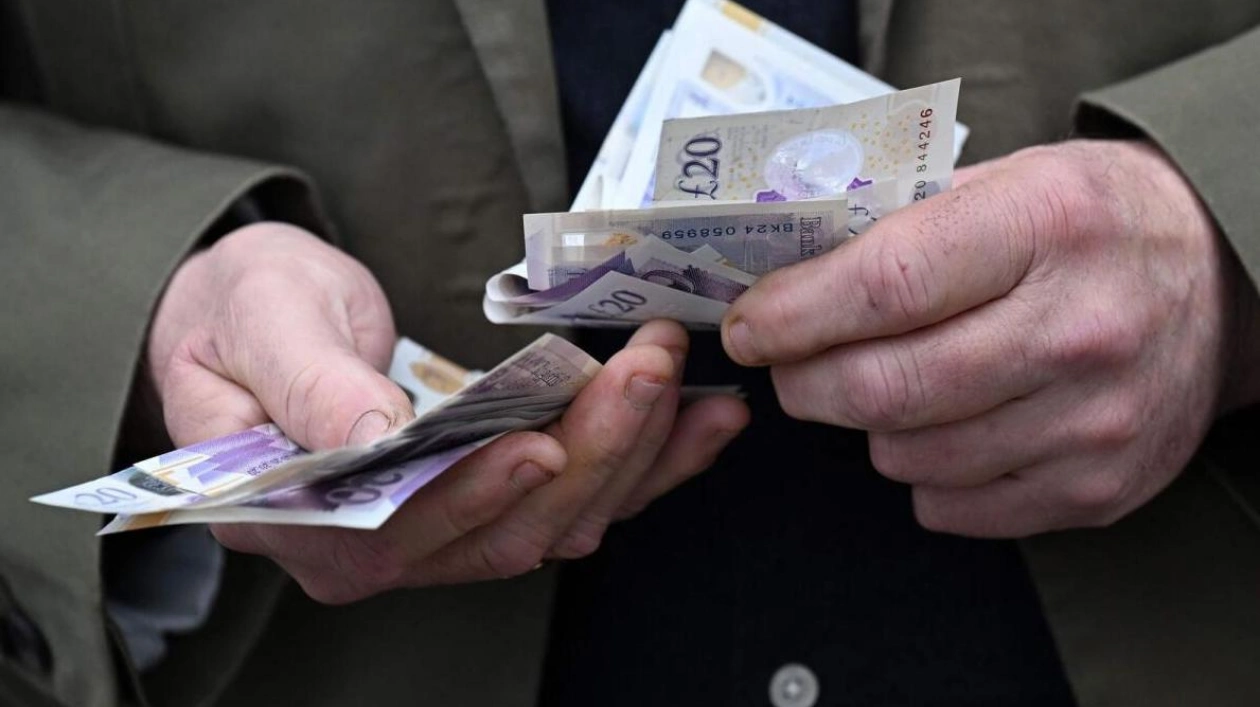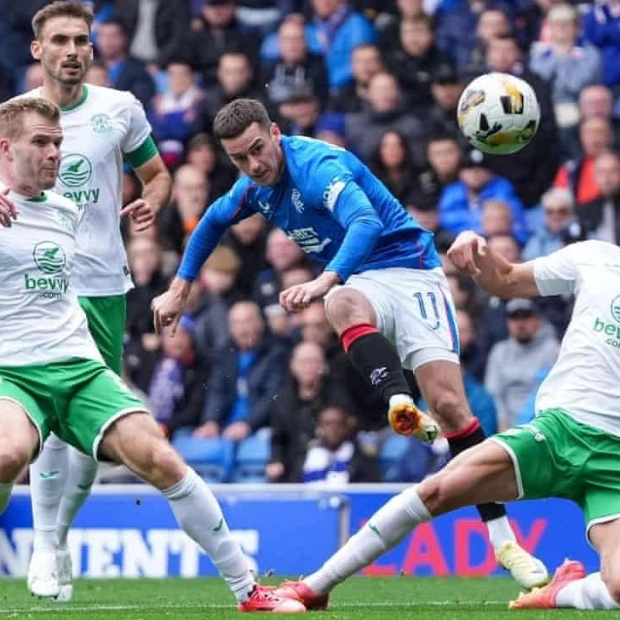Sterling has reached approximately 2-1/2 year highs against the dollar and is performing strongly against the euro. Analysts caution that these movements are supported by speculative bets on interest rates, which could quickly reverse in markets still recovering from early August's turbulence. At about $1.32, the British pound has exceeded most analysts' forecasts for this year, marking a remarkable rebound from its historic lows near $1.03 following former UK Prime Minister Liz Truss's September 2022 mini-Budget.
The expectation that the Bank of England will maintain higher interest rates for longer than the United States and the euro zone is driving this surge, but also makes sterling susceptible if monetary policy expectations shift, according to currency dealers and analysts. "We're likely to see divergences in the paths of easing being priced over time, which should increase volatility," noted Monex Europe's senior market analyst Nick Rees. He added that sterling's current value reflects anticipated UK economic growth but overlooks the potential for the BoE to cut rates more rapidly than currently anticipated by markets.
Traders anticipate UK rates will exceed those in the U.S. within a year. The BoE reduced rates by 25 basis points on August 1 to 5 percent, with money markets expecting an additional 40 bps reduction by year-end. The European Central Bank is projected to ease by 65 bps to 3 percent over the same period. Traders are cautious about sudden sell-offs of higher-interest rate currencies following the recent collapse of an estimated $250 billion in carry trades, where speculators borrowed Japanese yen to invest in higher-yielding assets.
A significant unwind of yen-funded positions recently impacted higher-yielding currencies like Mexico's peso and South Africa's rand, focusing attention on sterling's role in carry trades. Several major investment banks are advising trades that use the currently weak but volatile Swiss franc as a funding source to buy sterling, as indicated in their marketing materials. "This is a pennies in front of a steamroller trade," warned Capital Economics' head of FX markets Jonas Goltermann, referring to investments that offer small, steady gains but carry the risk of sudden, severe losses.
Debt-funded carry trades typically thrive in stable markets but can quickly encounter issues when markets become volatile or interest rate expectations shift. According to UBS analysis of futures contracts, speculative traders using borrowed funds have been dominant in bets that sterling will appreciate against the dollar for over a year, with a current trade value of $3.5 billion. Mainstream asset managers hold a $700 million net short position, suggesting a negative outlook on sterling overall.
Sterling is nearly 3 percent higher against the euro year-to-date and is the best-performing major currency against the dollar, rising 4 percent. It has been supported by hopes for enhanced political stability in Britain following the Labour Party's significant election win in July, as well as economic recovery from a mild recession in 2023. However, the new government's first Budget in October poses risks of spending cuts or tax increases that could constrain Britain's high national debt but might also hinder growth. "All the good news for the pound is now priced in, and seemingly none of the bad news," Goltermann observed.
Rob Wood, chief UK economist at Pantheon Macroeconomics, noted that the BoE maintaining high rates could dampen the economy in the coming years, potentially impacting the pound. UBS's Head of G10 FX Strategy Shahab Jalinoos highlighted that foreign exchange markets remain tense following the early August yen shock and could become more so as the November U.S. presidential election approaches. Carry trades typically prosper in calm markets, making the pound vulnerable to future volatility, he said. "But the positioning is not so enormous as to preclude the possibility of sterling recovering once the dust settles again." The pound's performance against the dollar was likely also amplified by thin summer trading conditions, according to Monex's Rees.
The Bank of International Settlements recently warned that while currency markets are not currently turbulent, large positions built up during calm periods could unwind rapidly when volatility increases. Societe Generale's chief currency strategist Kit Juckes noted that the pound has also benefited from political turmoil in France, which has undermined the euro. If this perceived risk diminishes, sterling could easily weaken to 86 pence per euro from around 84 pence currently, he suggested.






